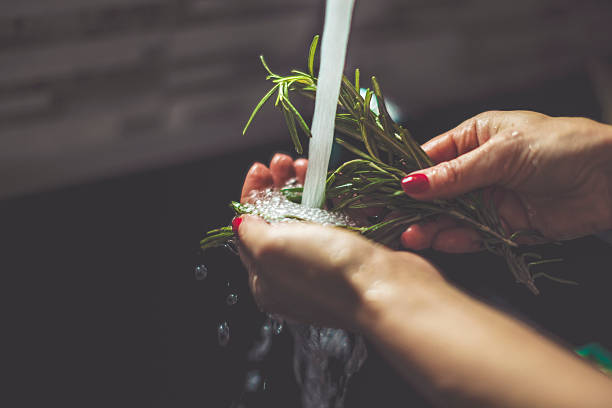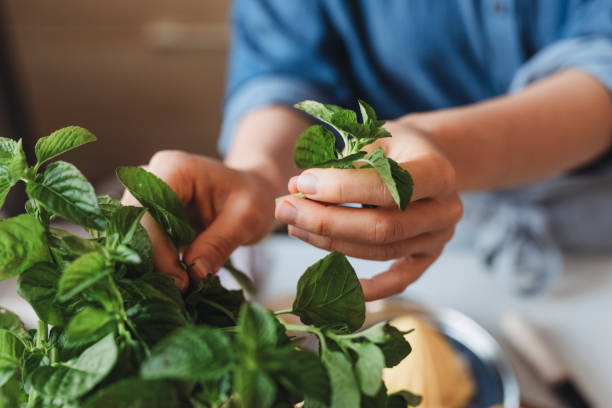As someone who loves spending time in the garden, I’ve always been fascinated by the idea of edible landscaping. The thought of having a beautiful, thriving garden that also produces delicious fruits, vegetables, and herbs is just too good to resist. And the best part? It’s not just for the experts – anyone can do it!In this article, I’ll take you through the basics of edible landscaping, from choosing the right plants to designing and maintaining your own edible oasis. So, whether you’re a seasoned gardener or just starting out, read on to discover the joys of growing your own food and creating a beautiful, sustainable outdoor space.
The Benefits of Edible Landscaping
So, why should you consider edible landscaping? For starters, it’s a great way to reduce your carbon footprint and support local agriculture. By growing your own food, you’re cutting down on transportation emissions and supporting small-scale farmers. Plus, edible landscaping is a fantastic way to get kids involved in gardening and teach them about the importance of healthy eating.But that’s not all – edible landscaping is also a fantastic way to add visual interest and texture to your garden. Imagine having a beautiful, lush garden that’s also producing a bounty of fresh, delicious food. It’s a win-win for both your taste buds and your sense of aesthetics!
Choosing the Right Plants

Edible Landscaping
So, what plants should you choose for your edible landscape? The options are endless, but here are a few of my personal favorites:
- Fruits and Berries: Raspberries, blackberries, and strawberries are all fantastic choices for edible landscaping. They’re easy to grow, produce a bounty of fruit, and add a pop of color to your garden.
- Vegetables: Leafy greens like lettuce, kale, and spinach are perfect for edible landscaping. They’re easy to grow, require minimal maintenance, and are packed with nutrients.
- Herbs: Herbs like basil, rosemary, and thyme are essential for any edible landscape. They’re easy to grow, add a burst of flavor to your cooking, and are perfect for garnishing dishes.
- Edible Flowers: Edible flowers like nasturtiums, calendulas, and violas are a fantastic addition to any edible landscape. They’re easy to grow, add a pop of color, and are perfect for garnishing salads and desserts.
Designing Your Edible Landscape
So, how do you design your edible landscape? The key is to think about the overall aesthetic you want to achieve. Do you want a lush, tropical look? A rustic, cottage garden feel? A modern, minimalist vibe?Start by choosing a theme and sticking to it. Then, plan out your garden beds and borders, making sure to include a mix of plants with different heights, textures, and colors. Don’t forget to include pathways and seating areas, too – you’ll want to be able to enjoy your garden, after all!
Planting and Caring for Your Edible Landscape
So, how do you plant and care for your edible landscape? The key is to start with healthy, disease-free plants and provide them with the right conditions to thrive.
- Site Preparation: Make sure to prepare your site by removing any weeds or debris and adding a layer of organic matter to the soil.
- Planting: Plant your edibles in well-draining soil, making sure to space them according to their specific needs.
- Watering: Water your edibles regularly, making sure to keep the soil moist but not waterlogged.
- Fertilizing: Fertilize your edibles with a balanced, organic fertilizer to promote healthy growth and flowering.

best Edible Landscaping
Harvesting and Preserving Your Edible Landscape Bounty
So, how do you harvest and preserve your edible landscape bounty? The key is to start by harvesting your edibles at the right time. For fruits and berries, this means harvesting them when they’re ripe and juicy. For vegetables and herbs, this means harvesting them when they’re at their peak of flavor and freshness.
- Harvesting: Harvest your edibles by cutting them at the base of the plant, making sure to leave some stems and leaves for future growth.
- Preserving: Preserve your edibles by drying, freezing, canning, or making jams and jellies. This will allow you to enjoy your harvest all year round!
Troubleshooting Common Edible Landscaping Challenges
So, what are some common challenges you might face when it comes to edible landscaping? The key is to be prepared and know how to troubleshoot any issues that might arise.
- Pests and Diseases: Keep an eye out for pests and diseases, and take action quickly to prevent them from spreading.
- Watering: Make sure to water your edibles regularly, making sure to keep the soil moist but not waterlogged.
- Fertilizing: Fertilize your edibles with a balanced, organic fertilizer to promote healthy growth and flowering.

best Edible Landscaping
Conclusion
So, there you have it – the basics of edible landscaping. From choosing the right plants to designing and maintaining your own edible oasis, there’s a lot to learn. But don’t worry – it’s not as hard as it seems. With a little bit of planning and care, you can create a beautiful, thriving garden that produces a bounty of fresh, delicious food.Remember, edible landscaping is all about blending beauty and bounty in your outdoor space. So, get creative, get inspired, and start growing your own food today.
Frequently Asked Questions About Edible Landscaping
Q: What are some good edible plants to include in a landscape?
A: Some great options for edible landscaping include fruit trees and berry bushes, vegetable plants like tomatoes and leafy greens, culinary herbs, and even edible flowers like nasturtiums and violas. The key is to choose plants that will thrive in your local climate and growing conditions.
Q: How much space do I need for an edible landscape?
A: Edible landscaping can work in spaces of all sizes, from small urban balconies to sprawling suburban yards. The key is to choose compact, space-efficient plant varieties and use vertical growing structures like trellises and espaliers. Even a few strategically placed edible plants can add beauty and bounty to a small outdoor area.
Q: Do edible plants require special care compared to ornamental plants?
A: While edible plants do have some unique needs, the basic principles of good gardening apply. Ensure your soil is nutrient-rich, provide adequate sunlight and water, and stay on top of pest and disease management. Many edible plants are quite hardy and easy to grow alongside traditional ornamental species.
Q: How do I incorporate edibles into an existing landscape design?
A: The key is to think about blending form and function. Tuck edible plants into flower beds, border plantings, and foundation beds. Use trailing vines, espalier fruit trees, and other space-saving techniques to maximize your edible plantings. Pay attention to aesthetics, choosing varieties with attractive foliage, flowers, and fruit.
Q: When is the best time to harvest edible plants?
A: Harvest times vary by plant type. For fruits and berries, wait until they are fully ripe and easily detach from the plant. Leafy greens, herbs, and vegetables are typically harvested when young and tender. Pay attention to the specific maturity signs for each edible you’re growing.
Q: How can I preserve my edible landscape harvest?
A: There are many ways to preserve your edible bounty, including canning, freezing, drying, and making jams and sauces. Proper preservation techniques will allow you to enjoy your homegrown produce long after the growing season ends.
Q: What are some common challenges with edible landscaping?
A: Some common issues include managing aggressive or invasive plants, protecting crops from wildlife pests, and maintaining the visual appeal of the landscape. Careful plant selection, physical barriers, and strategic design can help overcome these challenges.



Pingback: Edible Herbs: A Comprehensive Guide to Growing, Using, and Enjoying Them - fun4shar